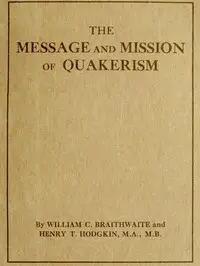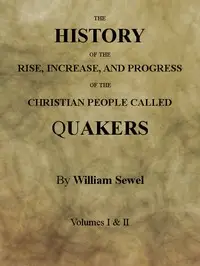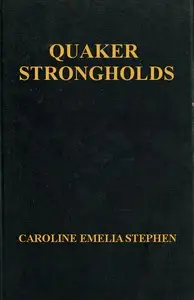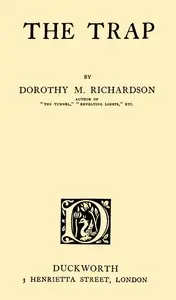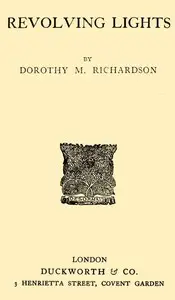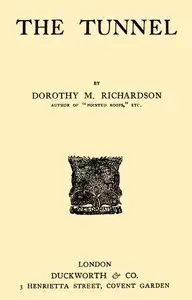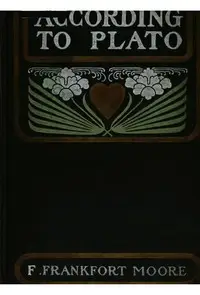"The Quakers, Past and Present" by Dorothy M. Richardson is a historical exploration of the Religious Society of Friends, commonly known as Quakers, focusing on their roots, evolution, and modern-day relevance in the realms of mysticism and religious freedom. Beginning with the core tenets of Quakerism, such as the belief in an inner Divine Light and the prioritization of individual spiritual insight, the book explores the movement's monumental figures, including George Fox, and the difficulties they faced in the forms of oppression, internal disputes, and revolutionary social change. The narrative follows the Quakers' journey, from their beginnings in England to their growth in America, spotlighting their distinct worship methods, emphasis on inner spirituality, and dedication to significant social issues like the fight against slavery and the advancement of women's rights, ultimately analyzing the ways in which movements of historical and cultural shifts have influenced and transformed Quakerism.
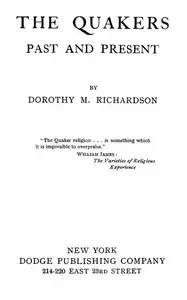
The Quakers, Past and Present
By Dorothy M. (Dorothy Miller) Richardson
Discover the compelling story of a religious movement born from spiritual experiences that challenged norms and championed equality throughout history.
Summary
About the AuthorDorothy Miller Richardson was a British author and journalist. Author of Pilgrimage, a sequence of 13 semi-autobiographical novels published between 1915 and 1967—though Richardson saw them as chapters of one work—she was one of the earliest modernist novelists to use stream of consciousness as a narrative technique. Richardson also emphasises in Pilgrimage the importance and distinct nature of female experiences. The title Pilgrimage alludes not only to "the journey of the artist ... to self-realisation but, more practically, to the discovery of a unique creative form and expression".
Dorothy Miller Richardson was a British author and journalist. Author of Pilgrimage, a sequence of 13 semi-autobiographical novels published between 1915 and 1967—though Richardson saw them as chapters of one work—she was one of the earliest modernist novelists to use stream of consciousness as a narrative technique. Richardson also emphasises in Pilgrimage the importance and distinct nature of female experiences. The title Pilgrimage alludes not only to "the journey of the artist ... to self-realisation but, more practically, to the discovery of a unique creative form and expression".




